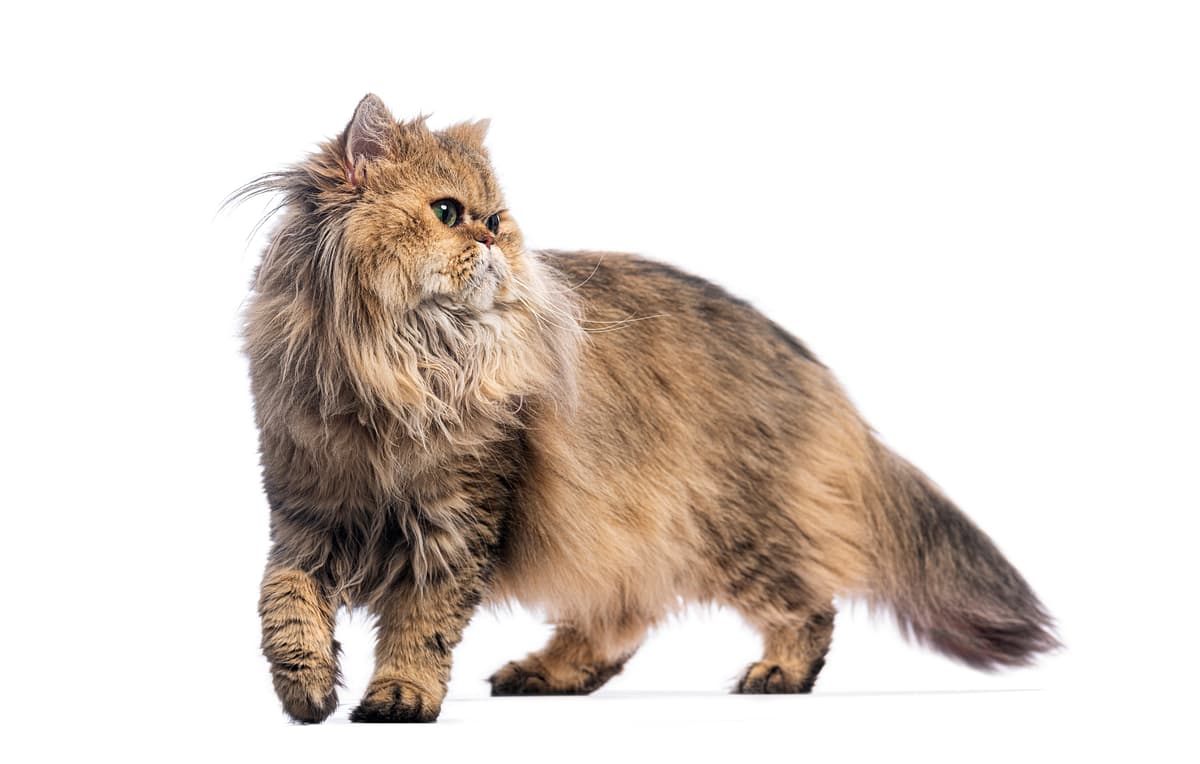LaPerm vs Persian
Discover the differences between LaPerm and Persian to make the best choice for your situation.
Try different breeds

LaPerm
Curly-coated, affectionate, and playful, this breed loves interactive companionship and adapts well to family life. Known for their sociable nature, LaPerms bring warmth to any home.

Persian
Luxurious long fur, expressive eyes, and a calm presence define this affectionate breed. Persian cats thrive as gentle companions, bringing quiet elegance to any home.
Quick comparison
Medium
3.5–5.5 kg
Curly, soft
12–16 years
2.5–4.5 kg
Moderately active
Medium
3.5–6.0 kg
Longhaired, dense undercoat
12–17 years
3.0–5.5 kg
Low activity needs
Personality & behavior
Compare the personality traits and behavioral characteristics of both breeds.
LaPerm
Affectionate and enjoys close contact with people
Learns routines and interactive toys quickly
Active but settles calmly when needed
Loves games and interactive play sessions
Adjusts well to new people and environments
Persian
Affectionate and gentle with family members
Learns routines but not highly problem-solving
Prefers lounging over being active
Enjoys quiet play, not very lively
Adjusts to change but prefers stability
Care needs
Exercise, grooming, and daily care requirements
LaPerm
Hypertrophic cardiomyopathy, patellar luxation
Persian
Polycystic kidney disease, respiratory issues
Suitability
How well each breed fits different living situations and families
LaPerm
Great choice
LaPerms are friendly, adaptable, and easy to handle for inexperienced cat owners.
Very suitable
They adjust well to smaller spaces and do not require large areas to thrive.
Good match
Their playful, interactive nature fits well with active households that can engage them.
Family friendly
They are gentle, tolerant, and generally patient with respectful children.
Highly compatible
LaPerms tend to get along with other cats and friendly dogs if introduced properly.
Not ideal
They crave companionship and can become lonely or stressed if left alone too much.
Persian
Good choice
Their gentle temperament suits new owners but grooming needs require extra commitment
Excellent fit
Low activity level and quiet nature are well-suited for small living spaces
Not ideal
They prefer calm environments and may be stressed by frequent noise or activity
Generally suitable
Patient and tolerant, but supervision with very young children is recommended
Usually compatible
Can get along with other pets if properly introduced and socialized
Poor choice
Persians dislike being left alone and may develop stress or behavioral issues
Breed strengths
What each breed excels at and their best qualities
LaPerm
- Affectionate with family members
- Adaptable to new environments
- Low-shedding curly coat
- Playful and interactive personality
- Generally healthy breed
Persian
- Gentle and calm temperament
- Affectionate with family members
- Adapts well to indoor living
- Low prey drive and minimal hunting
- Quiet and rarely vocalizes
Challenges & considerations
Potential challenges and considerations for each breed
LaPerm
- Needs regular coat maintenance
- May seek constant attention
- Prone to boredom if left alone
- Sensitive to cold temperatures
- Can be vocal and demanding
Persian
- Requires daily grooming and brushing
- Prone to respiratory health issues
- Sensitive to heat and humidity
- Regular eye cleaning often necessary
- Can be less playful than other breeds
Ready to choose your perfect breed?
Learn more about each breed or compare other breeds to find the perfect match for your lifestyle.
Discover more helpful tools
Make use of our other free tools to get the most out of your pet experience
